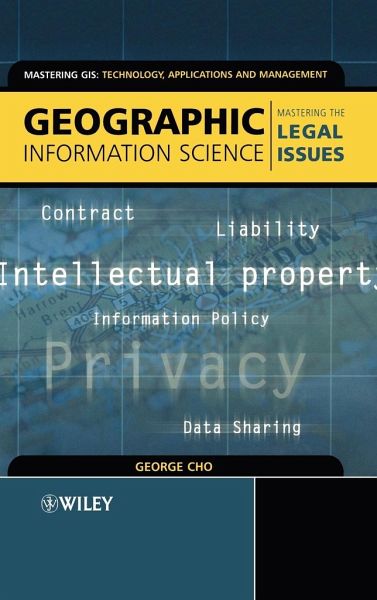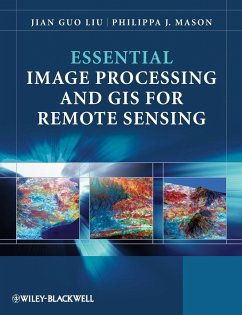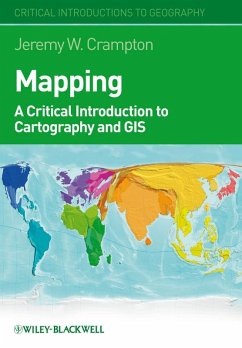
Geographic Information Science
Mastering the Legal Issues
Versandkostenfrei!
Versandfertig in über 4 Wochen
217,99 €
inkl. MwSt.
Weitere Ausgaben:

PAYBACK Punkte
109 °P sammeln!
This book attempts to fill the gap between the right and wrong methods of geographic information by addressing the key issues in contract law, intellectual property law, rights, and responsibilities as they relate to the GI community. This applied approach to the subject provides numerous examples and case studies -- taken from a range of countries and jurisdictions.
Spatial information users and providers are increasingly concernedabout the legal implications relating to the use and disseminationof geographic information for which there are no right or wrongmethods of practice, and no one source of information. This bookfills the gap by addressing key issues in contract law,intellectual property law, rights and responsabilities andliability as they relate to the GI community.
The first book to interpret the law relating to GI Science andoutline its implications to a general readership
Provides a comprehensive discourse in law and GI Scienceirrespective of jurisdiction
Offers a global perspective throughout with case materialscoming from the UK, North America, the EU and Australasia
The first book to interpret the law relating to GI Science andoutline its implications to a general readership
Provides a comprehensive discourse in law and GI Scienceirrespective of jurisdiction
Offers a global perspective throughout with case materialscoming from the UK, North America, the EU and Australasia












